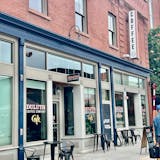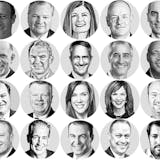Ashlee Ramirez remembers vividly the excitement she felt in her first weeks on the University of Minnesota's Twin Cities campus last year.
She arrived early for a multicultural orientation program, where she met long-lasting friends. She moved into a dormitory designed to support Latino students, many of whom spoke Spanish and understood her experiences as a Mexican American woman.
But as the thrill of starting college began to die down, she said, "That was when it first hit me: Now I attend my classes and it would be … just me that looked like me."
The U's Twin Cities campus celebrated a milestone this fall when it enrolled its most ethnically and racially diverse freshman class. Just over a third of the 6,737 incoming freshmen identify as people of color, almost double the percentage from a decade ago. The number of Black, Hispanic and Indigenous students increased, with applications from each of those groups up more than 20% compared to the prior year.
Students say they welcome the increase and are grateful the U offers cultural programs — but they're still hoping for additional changes to help them feel supported and more empowered after they arrive.
The campus has focused on efforts to reduce disparities in educational performance, achieving near parity in retention rates in recent years. But it is also increasingly focused on "what else is happening in their lives," said LeeAnn Melin, associate vice provost for student success.
"This isn't just the U of M," she said. "This is a national conversation."
Colleges across the United States are adjusting their recruitment strategies as they brace for a steep decline in enrollment in the coming years, due in part to a dip in the birth rate in the early 2000s. They're also trying to reach a wider array of students as the pool of high school graduates becomes more racially and ethnically diverse.


